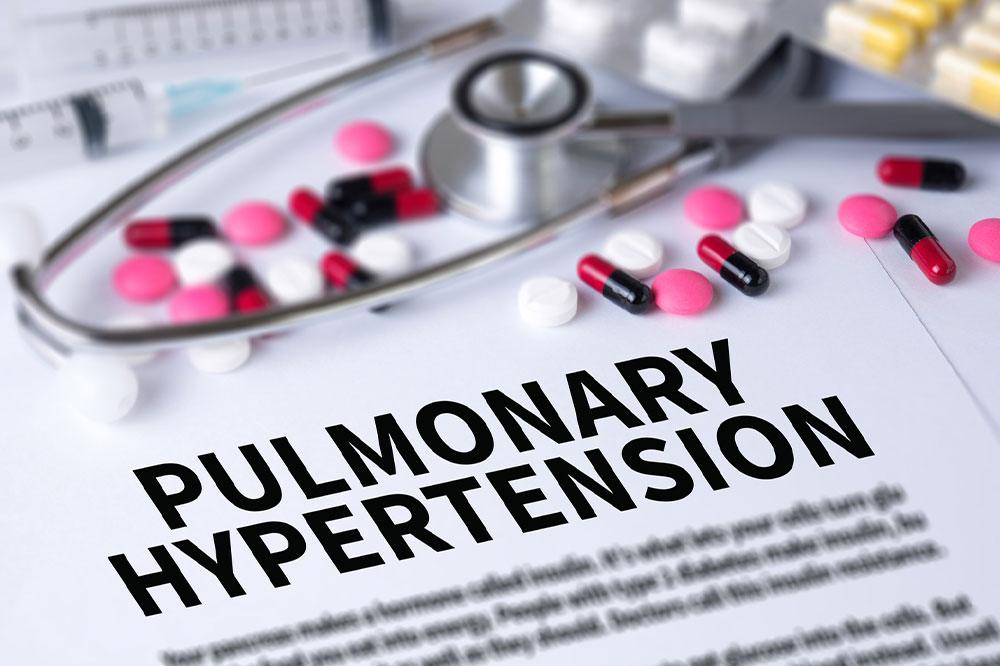
Pulmonary hypertension – Signs, causes, and management
Pulmonary hypertension is a medical condition that affects the arteries in the lungs and the right side of the heart, causing elevated blood pressure. This occurs when the blood vessels in the lungs are blocked, narrowed, or damaged. Due to this damage, the blood flow in the lungs is slowed down, and this leads to increased blood pressure because the heart has to work harder to pump blood through the lungs.
S igns and symptoms
Some of the observations to make for such an illness include:
Chest pain or pressure
Fatigue
Fast pulse or pounding of heart, also called palpitations
Shortness of breath or dyspnea – while exercising at first and then even during rest time
Blue lips and skin called cyanosis
Dizziness or fainting called syncope
Swelling in the ankles, legs, and also the abdomen region
Symptoms of this condition may progress slowly and can easily go unnoticed. Over time, the symptoms may become increasingly severe and can take years to fully develop.
Causes
Changes in the cells of the pulmonary artery walls can make the lining stiff, thick, or swollen. These blood vessels are responsible for pumping blood from the heart to the lungs, so any issues in the vessel can cause a slowdown in blood flow within the lungs. This leads to pulmonary hypertension.
The condition is also further divided into five categories based on some varied, specific causes, so a detailed diagnosis from a doctor can help identify which group one attests to. Depending on the same, the right treatment plan can be started.
Risks and complications
There are several significant risks and complications associated with this illness, which include the following:
Blood clots may occur in the small arteries of the lungs
Irregular heartbeat can be a life-threatening condition
Bleeding in the lungs may lead to coughing up blood and is also a severe threat
Pregnancy complications may pose a threat to the baby’s life
Right-sided heart enlargement and heart failure can result from slow blood flow and overworking of the heart
Diagnosis
It is best to consult a doctor when one notices any symptoms. Some of the tests the doctor may suggest include chest X-rays, blood tests, electrocardiogram, echocardiogram, and right heart catheterization. All these tests are important to determine the exact cause of the illness, which helps in understanding the right treatment approach that the doctor can take.
Treatment options
These include prescription treatments, which can help widen the blood vessels and put less pressure on the heart to pump blood to the lungs. These therapies are there to help improve the symptoms of the disease and slow its progression. In some cases, surgery is also advised if other therapies are not effective in keeping the heart and lungs healthy.
There are two kinds of surgeries:
Atrial septostomy
This is an open heart surgery in which the surgeon creates an opening between the upper left and right chamber to help relieve the pressure on the right side of the heart. While this can help with the illness, it may have side effects like arrhythmias.
Lung or heart-lung transplant
This is usually recommended for young people. A major side effect includes that the body may reject the organ leading to severe complications.




